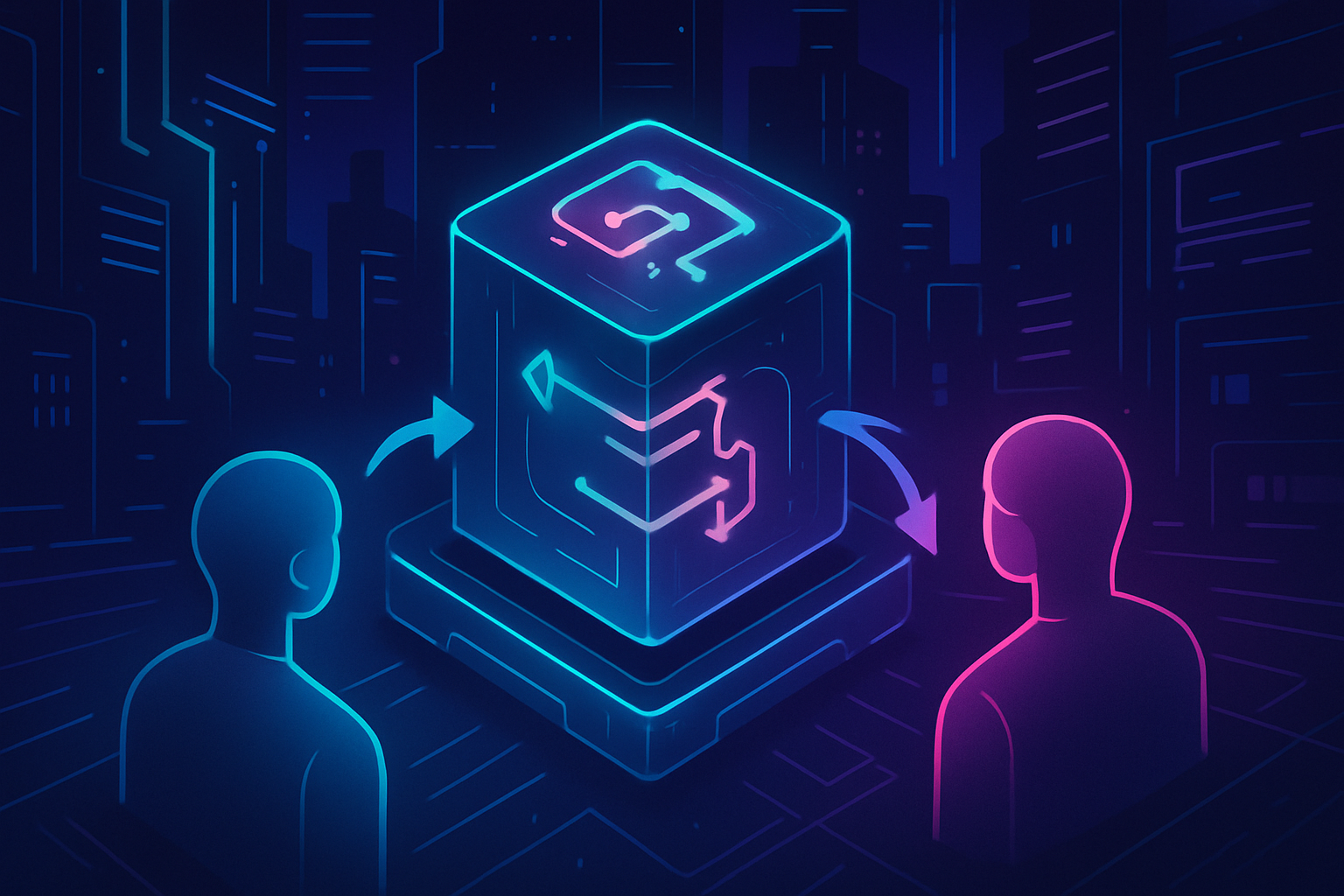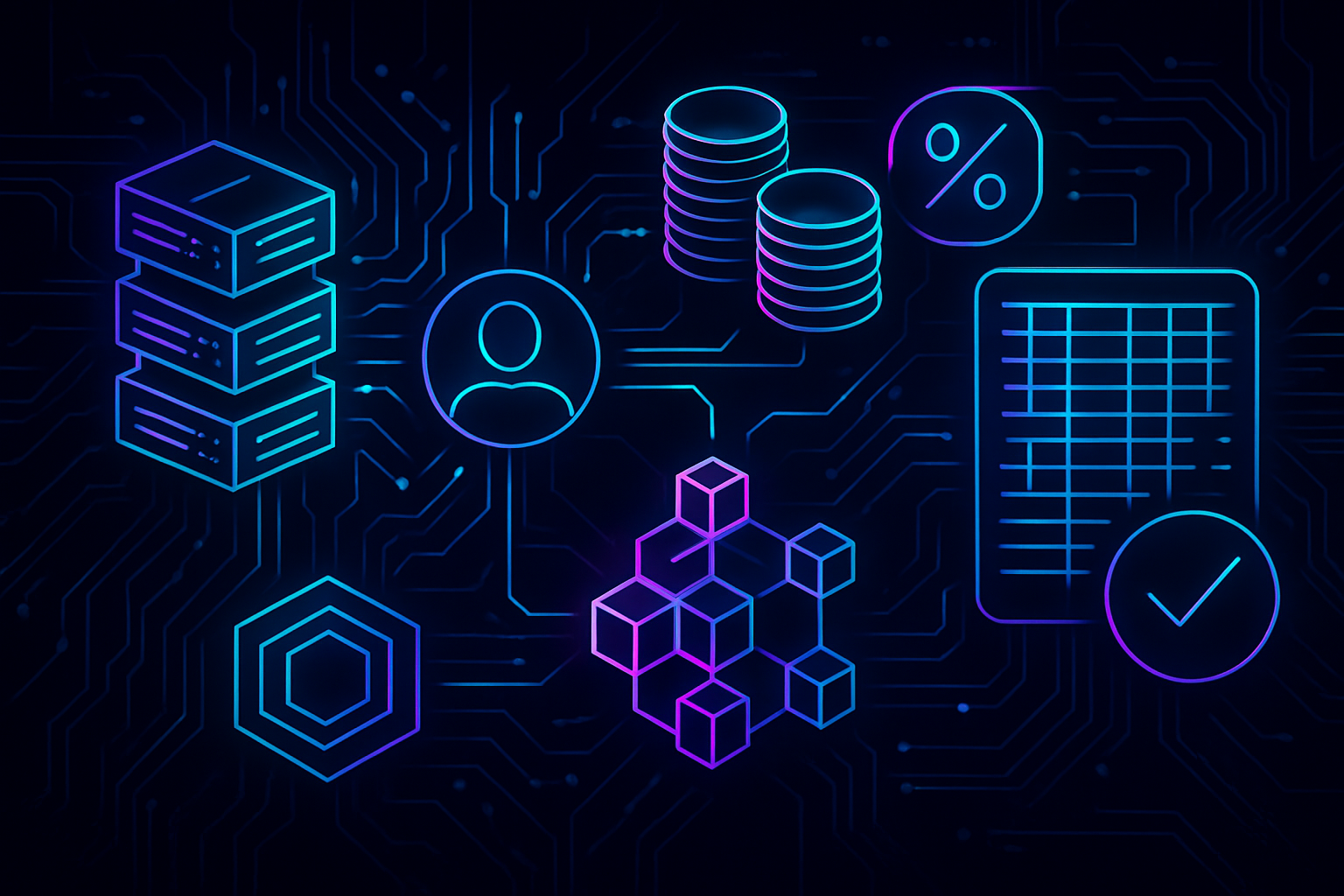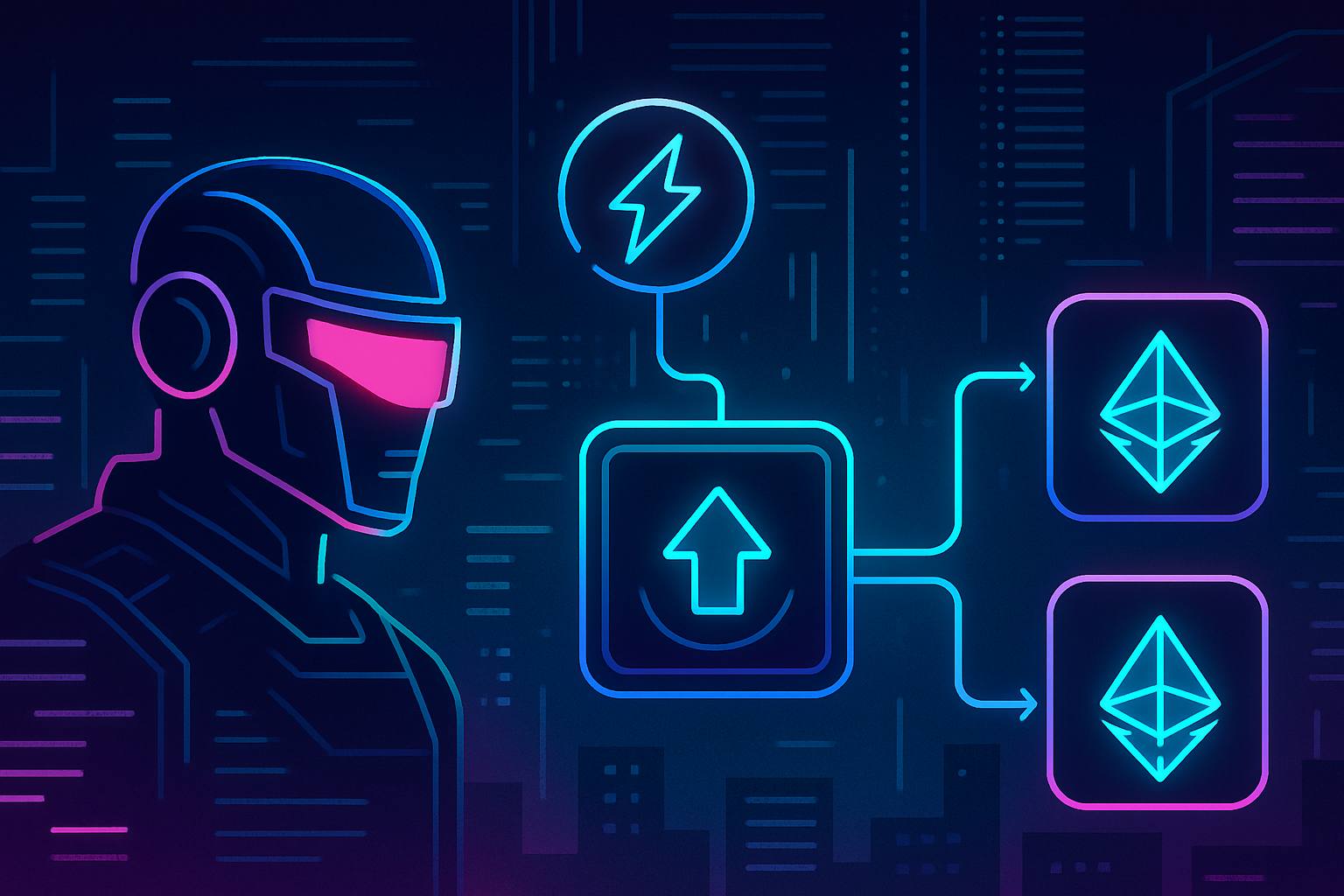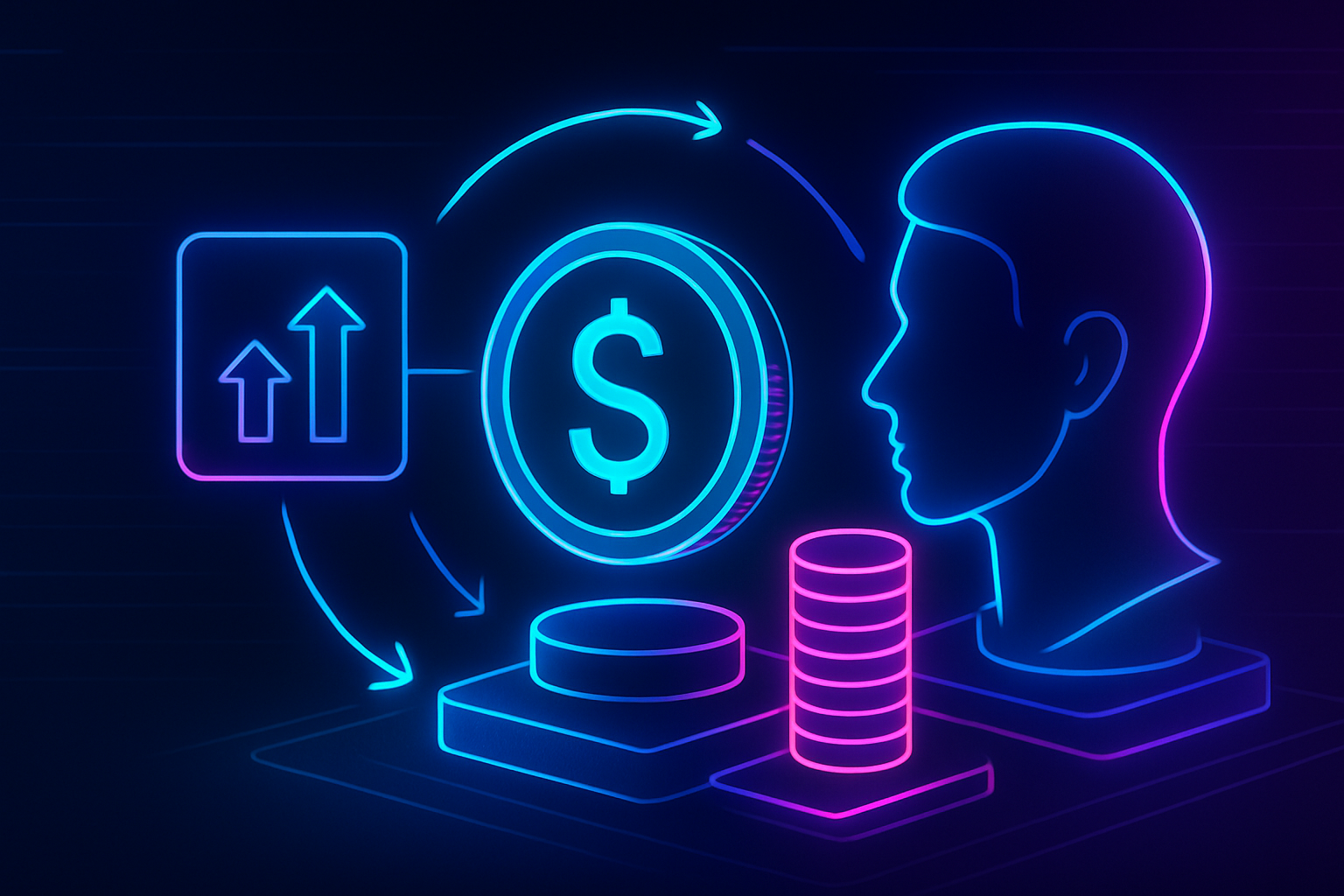
Backrunning is one of DeFi’s most misunderstood phenomena. For years, traders have watched as their swaps on decentralized exchanges (DEXes) quietly created profit opportunities for others, often without realizing it. But what if those hidden profits could flow back to you, the user? Enter backrun rebates: a new class of MEV (Maximal Extractable Value) sharing that transforms invisible costs into real user revenue.

What Is Backrunning and Why Does It Matter?
In simple terms, backrunning happens when a trader’s transaction moves the price of an asset on a DEX, and then an MEV searcher immediately places another trade to capture arbitrage profit from that price shift. For example, if you swap ETH for USDC in a large enough size, you might push up the price of ETH on that exchange. A backrunner spots this and quickly trades elsewhere to profit from the temporary difference, often leaving you with less value than you’d expect.
This practice has historically benefited only MEV extractors and searchers, not everyday users. But thanks to advances in protocol design and orderflow auctions, platforms are now experimenting with ways to redistribute these profits. The goal: let users share in the upside their trades create.
Turning Hidden Costs Into User Revenue: How Backrun Rebates Work
Backrun rebates flip the traditional MEV model on its head. Instead of letting searchers keep all the profits from backrunning your trade, some protocols now split those earnings with you. Here’s how it works:
- You make a trade: Your transaction creates an arbitrage opportunity by moving prices.
- Searchers compete: Specialized bots (searchers) spot the opportunity and bid for the right to backrun your trade.
- You get paid: The protocol redistributes part of the winning searcher’s profit directly back to your wallet, sometimes instantly, within the same block!
This approach is gaining traction across multiple chains:
- Helius on Solana: Users can now earn SOL rebates equal to 50% of MEV generated by their transactions, no exposure to toxic MEV required.
- FastLane’s Atlas Protocol: On EVM chains like Ethereum, Atlas lets DEX frontends capture backrun revenue and distribute it among swappers, LPs, or even governance participants.
Key Benefits of Backrun Rebates for DeFi Users
-
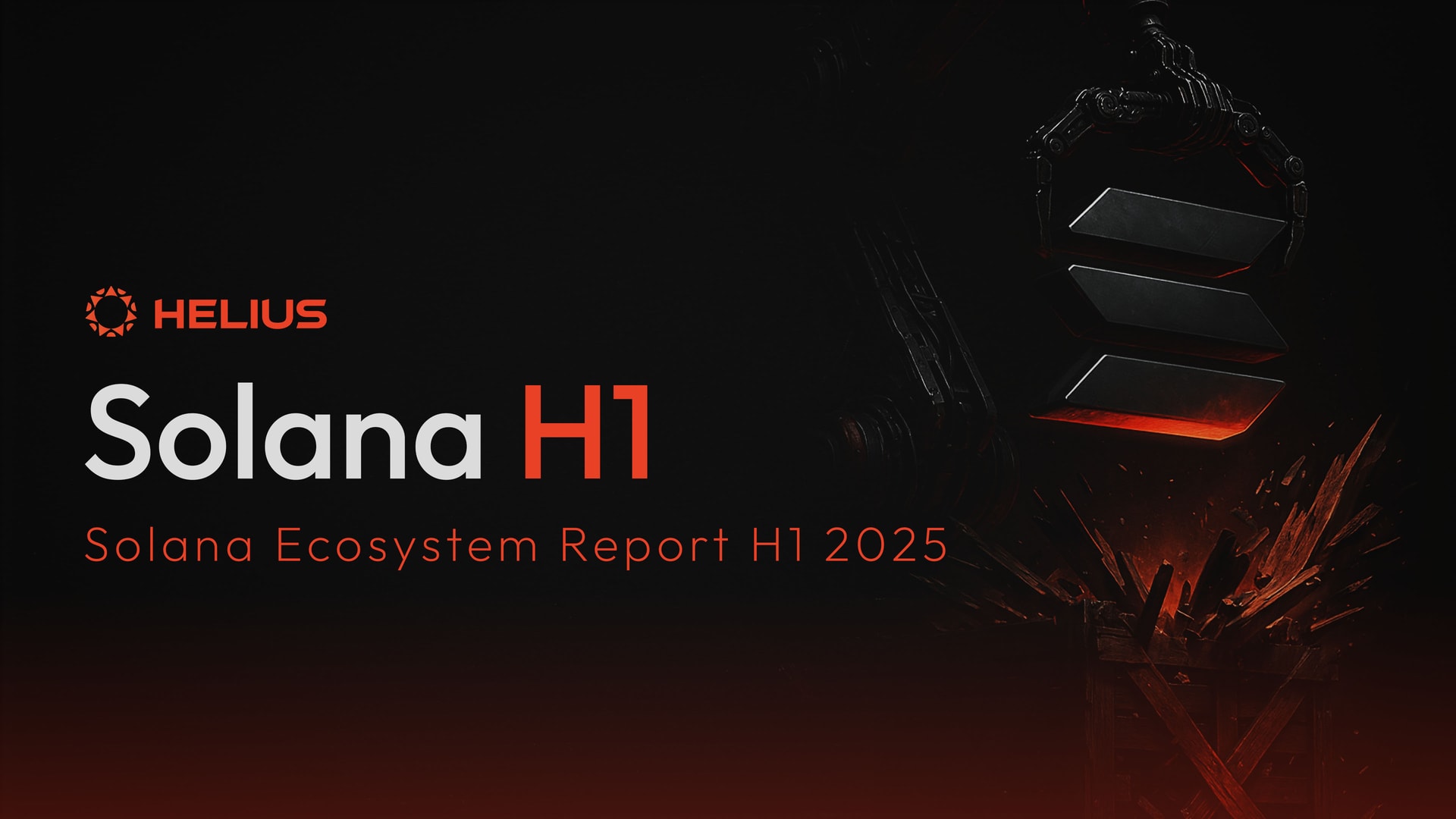
Enhanced User Revenue: Backrun rebate systems like Helius on Solana allow users to earn a share of the MEV (Maximal Extractable Value) their trades generate. Instead of losing value to backrunners, users receive instant SOL rebates when their transactions create arbitrage opportunities.
-

Improved Market Efficiency: By redistributing MEV profits to users, backrun rebates help reduce incentives for harmful practices like frontrunning and sandwich attacks. This leads to a fairer and more efficient DeFi trading environment.
-

Increased Transparency: Platforms such as FastLane’s Atlas Protocol promote transparency by clearly showing users the additional value their trades generate and how rebates are distributed, fostering greater trust in DeFi systems.
-

Instant and Automated Payouts: With solutions like Helius, rebates are distributed automatically within the same block as the user’s trade, ensuring users receive their rewards quickly and seamlessly.
-

Empowerment and Choice: Protocols such as Flashbots’ MEV-Share give users more control over their transaction data and how MEV is shared, allowing them to participate more actively in the value their activity creates.
The Benefits: Why Should DeFi Users Care?
The implications are huge for anyone active in DeFi:
- User Revenue Unlocked: You no longer lose out when your trades create arbitrage opportunities, instead, you share in those profits.
- A Fairer Playing Field: By redistributing MEV gains away from extractors and toward users, these systems help level the DeFi landscape.
- Smoother Trading Experience: With transparent rebates and fewer surprises around slippage or sandwich attacks, trading feels more predictable and rewarding.
This isn’t just theory, it’s already live on platforms like Helius (Solana) and FastLane Atlas (EVM). As adoption grows, expect more protocols to integrate MEV backrun sharing as a default feature for their communities.
The Tech Behind Backrun Rebates: Auctions and Private Orderflow
The magic behind these systems lies in clever market design. Protocols like Atlas use application-specific orderflow auctions, where searchers bid for access to profitable trades, to maximize value capture while minimizing negative side effects like frontrunning or toxic MEV extraction. Other solutions leverage private orderflow channels that allow users or wallets to control how much transaction data they reveal and who can see it (a la Flashbots’ MEV-Share initiative). This programmable privacy ensures only trusted parties can bid on your orderflow, and only if they agree to share profits with you.
